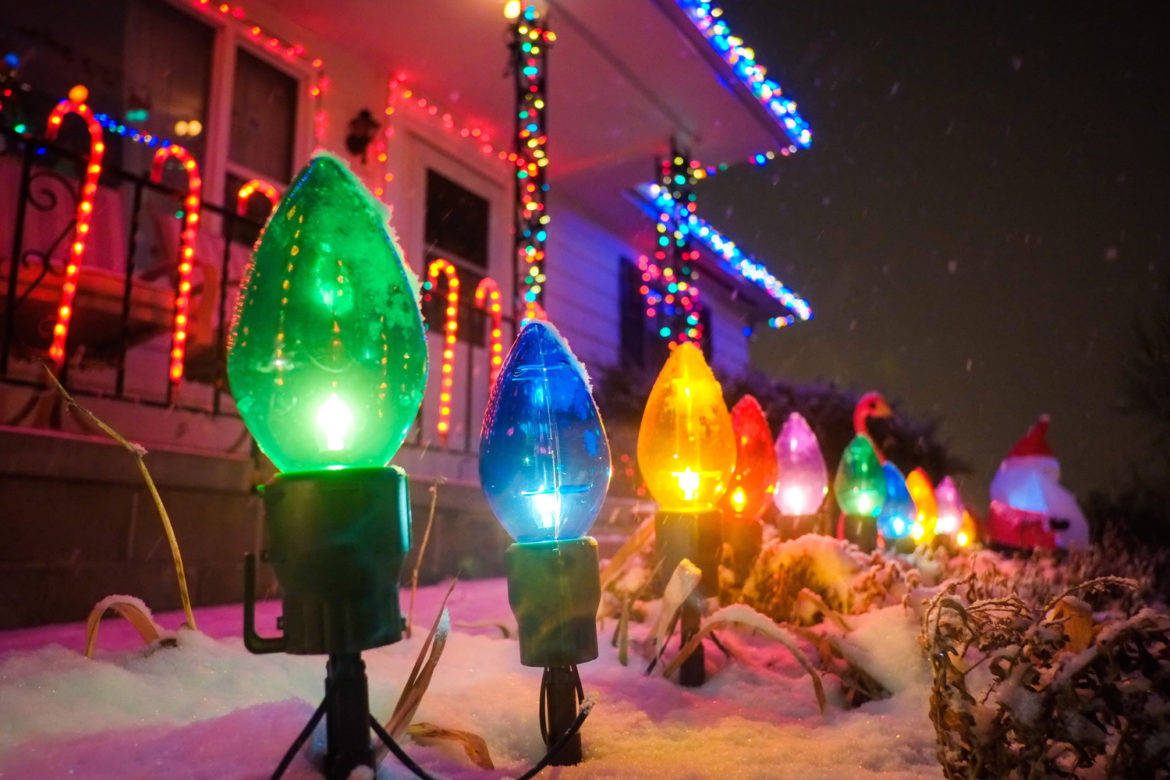Look for Function
Before lighting a room, think about how you use the space. Does the room get most of its use in the day or in the evening; what activities take place there and in what locations?
If you plan on using the room for reading, you will need to provide lamps beside each reading spot. If the room is used for watching TV, you’ll want illumination with different settings.
Consider Your Decor
Consider the style of the room. If the decor is contemporary, consider more built-in lighting, like overhead cans. If the style is traditional, lamps, sconces, and pendant lights can provide illumination.
The Types of Lighting
– Ambient light:
This type of lighting provides overall illumination for a room and can come from a ceiling fixture, recessed cans, torchieres, or sconces.
The light should illuminate your space evenly while being bright enough for vacuuming or other mundane tasks.
– Task light:
This is lighting that illuminates areas for activities such as reading or cooking and most often comes from a lamp or hanging fixture.
Task lighting should ideally cast a pool of light that is at least double the room’s ambient light, and should usually be placed in front of the person who is performing the task, to prevent his or her body from casting a shadow over the surface.
– Dim and Dimmer:
All public spaces in your home should have at least two levels of lighting: a bright one for tasks or festivities, and a dimmer one for relaxing or subdued events. You can achieve that variety with dimmers or varying the lights you turn on.
A wall dimmer is affordable and the rewards exceed the price, letting you adjust built-in lighting to set a mood and save on electricity.
The Location
Hang chandeliers 30 inches above your dining table for visual comfort. Install wall sconces above the finished floor or above a mantle.
If lighting has you stumped even after going through these tips, there are resources that can help you. Interior designers, architects as well as kitchen and bath designers can help you with your illumination needs. Lighting designers are specialists that are trained in the art of lighting and they can be especially helpful when you’re dealing with new construction or a major remodel.

